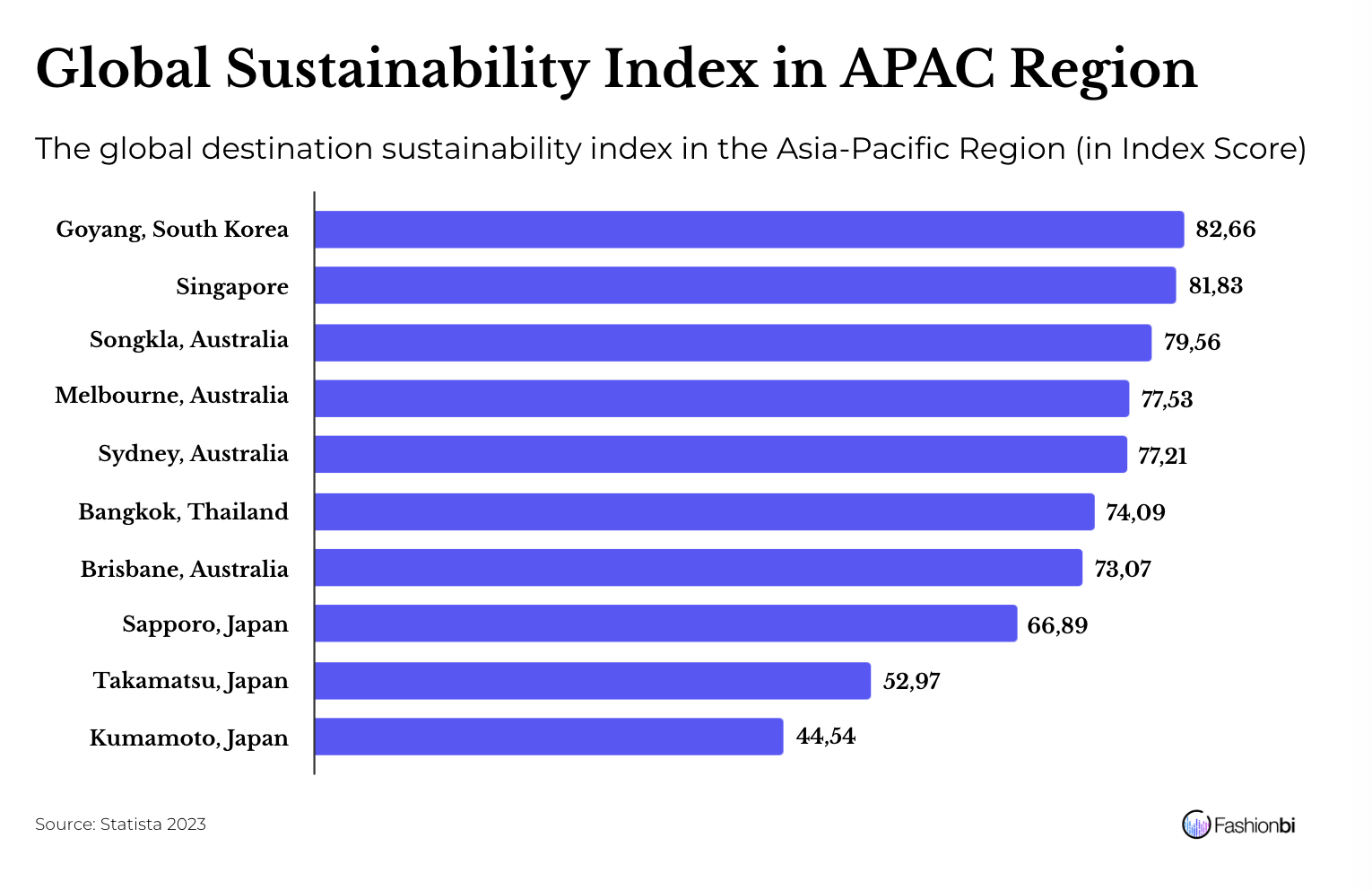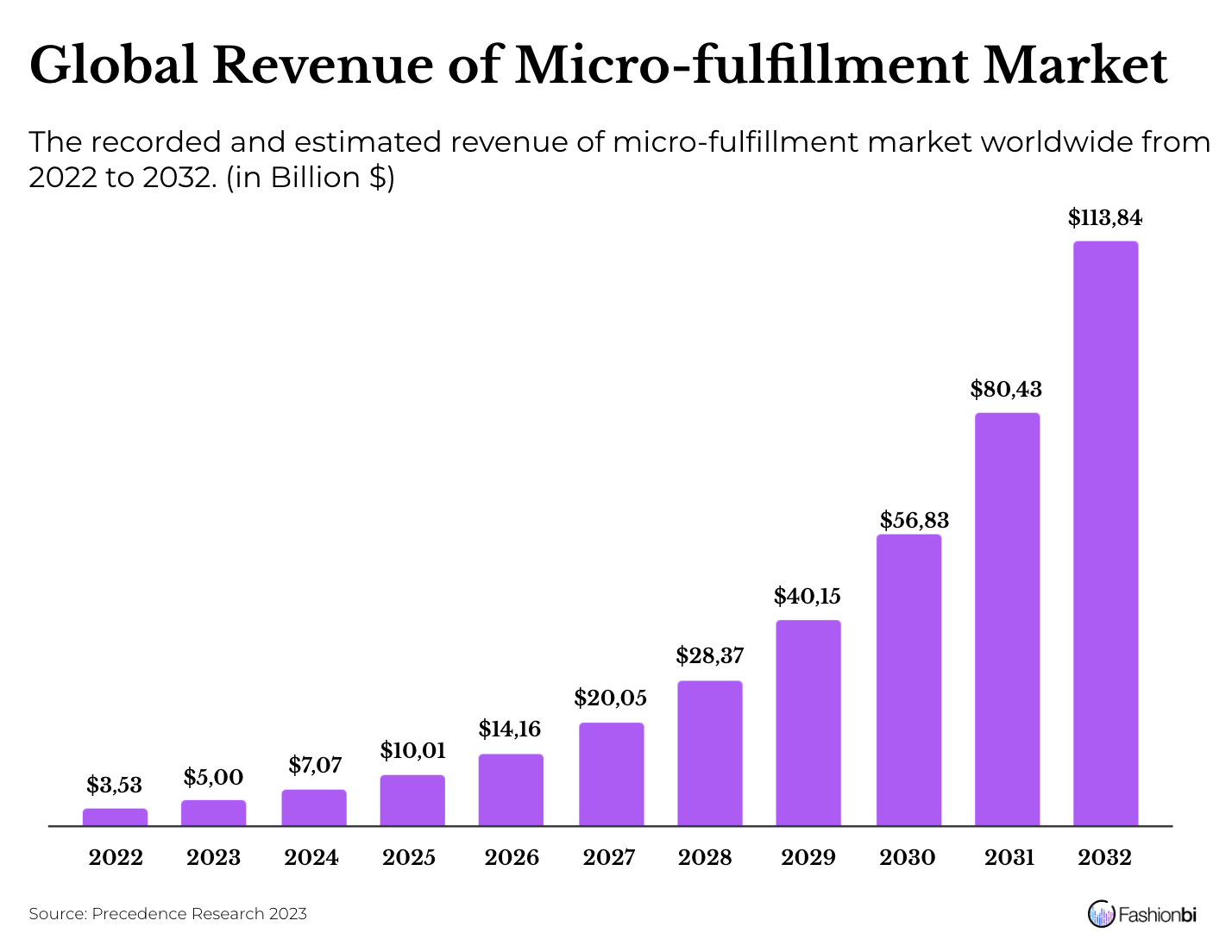Table of contents
In past years, the Asia-Pacific region has seen phenomenal growth in interest towards sustainability as businesses over there are recognising eco-friendly practices to be a crucial part of their day-to-day operations. The increase in social commerce in the region also raises consumption mindfully.

Around 58% of Asian consumers are ready to invest in companies that are socially and environmentally responsible and 53% of them have seized their purchasing of products that are harmful to the society and environment. 88% of the consumers from budding markets in the region are preferring online purchases to be more sustainable, compared to the developed Asian market (66%) and European market (66%).
Over 62% of consumers from Singapore are willing to buy secondhand products but only if the brands can address them positively over the topics - hygiene (50%), product tampering (57%) and authenticity (47%).
Encouraging Through Reward
Along with offering discounts and price reductions in the stores, brands and retailers can go with fun loyalty programmes to make their customers choose sustainable practices. They have to create community through a gamified or social media platform which will educate and encourage the consumers to adopt a greener lifestyle.
The global brands have to collaborate with the domestic teams to implement ESG campaigns that will correctly align with the region’s climate, social, and environmental issues as well as the brand’s sustainable mission. It is also important for the brands to be more transparent with their carbon footprints and other sustainable activities followed by them. They should make some donations at the right place and time.
Singaporean fashion brand Stain has openly embraced its blueprint of reinvigorating textiles through production. Melbourne’s SISTER loops in its local artisans and businesses into its community and produces products locally, while being able to retrace and decrease the carbon footprint.
Eco Fashion Week in Australia allows brands and retailers to express their interests and collectives that are coherent with sustainability to the audience worldwide. Blibli, the e-retailer of Indonesia, started the #AksiCintaBumi movement that offers its shoppers points for bringing over their unwanted shopping packages to it for the recycling process.
Highlighting Sustainability
About 15% of the buyers are not buying green products due to a lack of awareness about sustainability standards. Informing the consumers about the effects of their purchases on the environment is needed in this situation. They are finding it difficult to purchase products sustainably over time.
Brands have the opportunity to highlight sustainability throughout the consumers’ buying journey. They can create a special category and filter for sustainable products, and give certification and ratings for them. Sometimes, people need a push to make decisions. Labels and retailers can provide automatic prompts to lead them in the right direction to purchase.
They can also incorporate awareness programs and customer feedback systems to educate and target the right customers. With the feedback system, one can personalise the product offerings and communications with the customers.
Emphasising the product's durability and quality via guarantees and warranties, and offering product maintenance and repair services along with providing the resources and spare parts is a viable option in increasing the lifetime of the product.
Upcycleluxe from New Delhi offers the Environment Impact Index for the products with a detailed analysis of the water, energy, carbon and chemical effects. Unilever Group collaborated with Lazada, an e-commerce platform, to sell its eco-friendly items with the label “East Green” in the LazMall stores in Thailand, Singapore, Malaysia, Indonesia, Philippines, and Vietnam.
Singapore’s Whispers & Anarchy uses natural sources that are certified by the Better Cotton Initiative and Vietnam’s Metiseko employs Global Organic Textile Standard-recognised organic cotton.
Waste Management
At the same time focusing on getting the attention of the consumers through sustainability, the companies have to have an eye on their waste management. Using composed and optimised shapes for packaging would be efficient for transportation. Changing into regenerative materials and looping in the logistic partners and suppliers to go green would be an effective way. It is the responsibility of brands and retailers to have concrete recycling and disposal policies, and educate the same to their teams.
In case of product purchases, they can introduce video demos, virtual try-ons and AI mock-ups to let the consumers know about the product details such as colour, size, and materials is a viable retail option to avoid returns.
The Powder Shampoo from Singapore sells no-water shampoo which, in turn, reduces the total weight in transportation. It ships the product in a plastic-free container and kraft paper pouch. Valani uses leftover fabrics to produce scrunchies that are provided free to its customers for each purchase. In India, Vilvah, Kiehl's and L'occitane encouraged their consumers to bring back the empty containers in return for reward points, whereas Asa Beauty and Conscious Chemist offer refills to their product purchasers.
Cainiao and L'Oreal SA partnered with Alibaba to introduce a “reverse logistics flow” that highlights green parcels that can be reused 40 times. This service option is active in China, Thailand, Singapore, and Malaysia with 75% of the customer profile choosing it.
Last-mile Transportation
The largest physical retail centres can be replaced by micro-fulfillment units and pick-up centres, which have a market opportunity with an estimated revenue of $10 billion by the year 2025. By implementing this strategy, the brands can target middle-class buyers from Tier 3 and 4 cities and the rural towns that are hard to reach.

For last-mile transportation, modern labels and e-retailers are looking for a way to cut costs and know the routes for fast delivery. Some are even employing AI to estimate a delivery time and effective delivery centre allocation. Properly planning a consolidated delivery and partnering with eco-conscious last-mile delivery companies are some ideal options. Along with that, they can measure the carbon footprint for each transport, invest in carbon offsets such as planting trees and using wind and solar energy, and use zero-emission vehicles for transport.
Flipkart of India will be transitioning its transportation vehicles to electric by 2030 in order to meet its expectation of reaching net-zero emissions by 2040. Indonesia’s Westbike Messenger employed drivers from marginalised populations to offer delivery on the same day through pedal bikes to several e-commerce and logistics companies. Sealog, the Indonesian delivery partner for companies such as Unilever Group, is using electric and cargo bikes to deliver the products.
Amazon is encouraging its customers to choose a single delivery through consolidated shipping. Decathlon has a two-hour delivery option to increase the load of each transport van to over 50 packages per trip.
Cover Image: Vilvah Store in Chennai, India, courtesy Vilvah official X page.